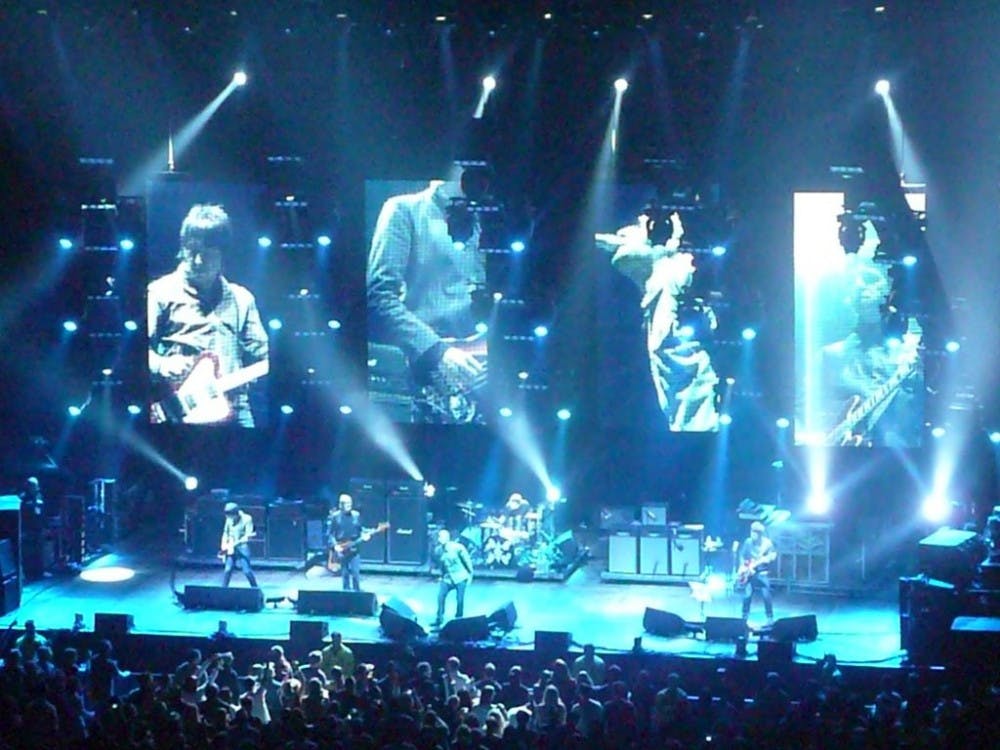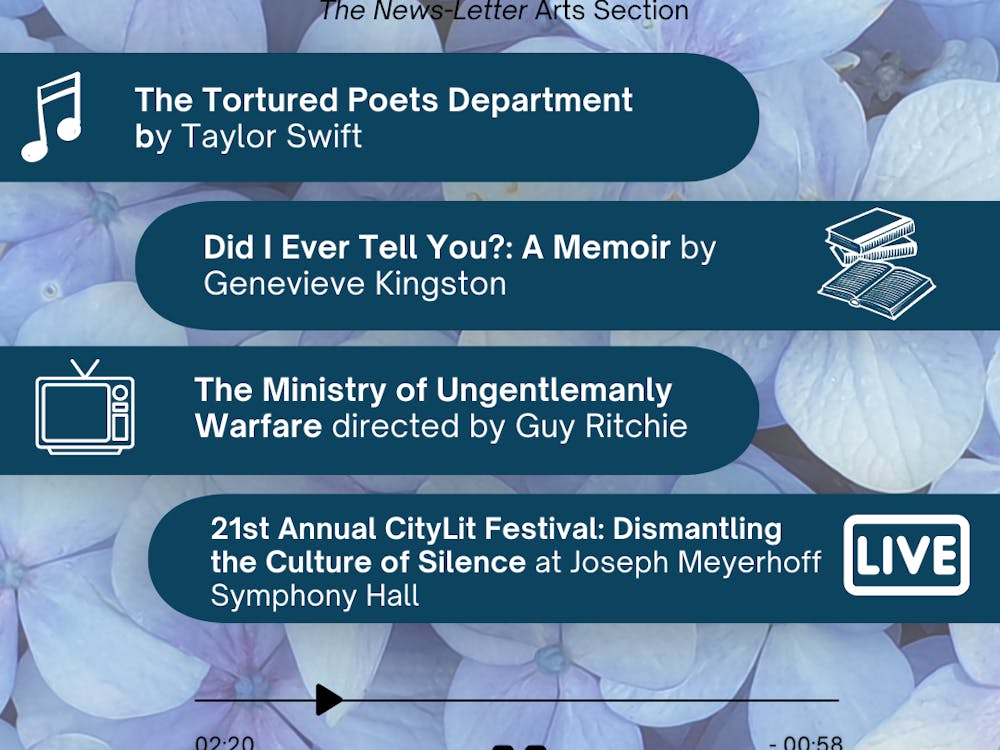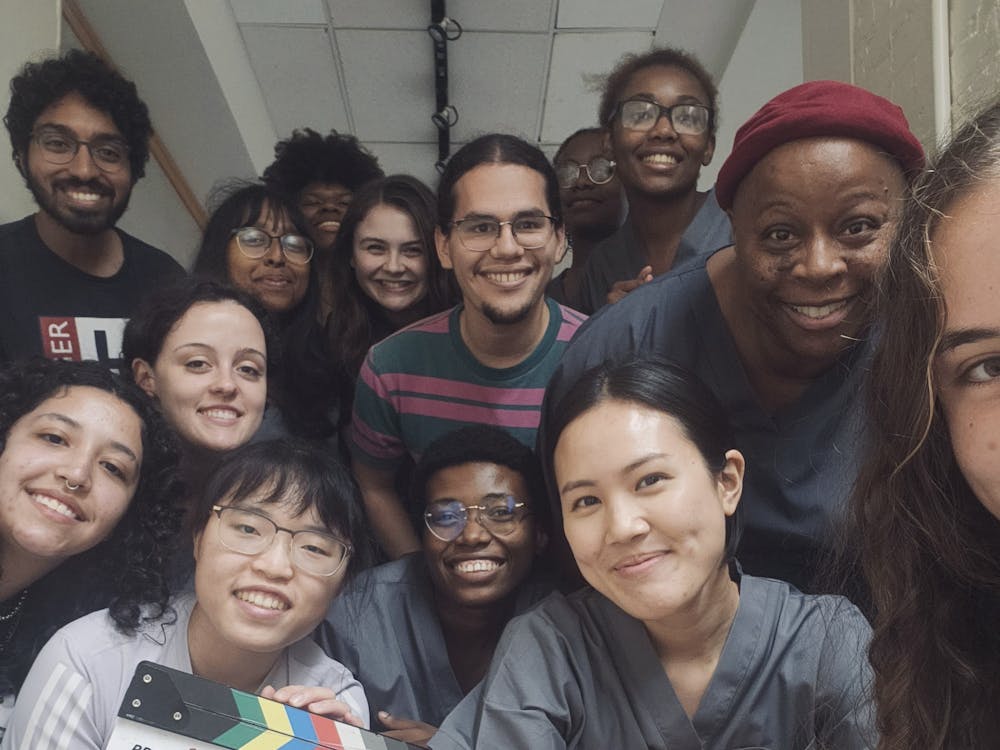Equally as known for their wild antics and rocky relationships with one another as for their music, the band Oasis firmly established their place in rock history in the ‘90s with songs including “Champagne Supernova,” “Supersonic,” “Wonderwall” and “Don’t Look Back in Anger.” Directed by Mat Whitecross and produced by Asaf Kapadia of the critically-acclaimed documentary about Amy Winehouse, Amy, Oasis: Supersonic sheds light on the band’s origins, tracking their lightning fast rise without shying away from their less favorable attributes.
The film is framed by footage of Oasis’ headlining show at the Knebworth Festival in the U.K., which a record-breaking 250,000 people attended, with 2.6 million applying for tickets.
What makes such numbers extraordinary is that this was just roughly two years after Oasis’s debut on the scene. Even in relatively early footage of the band rehearsing, they all agree that they’re bound to be the best and biggest rock band in the world. Now, it would be easy to characterize the Gallaghers’ words as pure idiotic arrogance, yet there’s something prescient about them. Also, anyone pursuing a creative endeavor can relate to the notion of having to will oneself to believe that they have what it takes, if only so as to make their efforts feel less futile.
Fascinatingly, perhaps one of relatively few things the Gallagher brothers shared in common was their violent entry points into exploring music. For Noel, the older of the two, this came in the form of having the talent “beaten into him” by his abusive father.
Retreating into his room to smoke joints and play the guitar or listen to records became a habitual means of coping for him and it’s likely the amount of time he spent doing this that helped him develop his talents.
Liam, meanwhile, wasn’t interested in music at all until he got in a fight with one of his classmates, who attacked him and split his head open with a hammer. In a somewhat eerie, kooky way this triggered something in his brain that inspired him to engage with music.
While Liam often bore the brunt of the media’s criticism, the film highlights how both of the Gallagher brothers could be brutal towards the other members of the band when it came to executing their vision.
One example of this is that Noel didn’t hesitate to kick drummer Tony McCarroll, a childhood friend of Liam’s, out of the band. There has been some controversy regarding what the true reasoning behind this decision was, but Noel has maintained that it was because he felt like McCarroll was often lagging behind in the studio when they worked on tracks.
As he wrote songs like “Wonderwall,” Noel claims to have had it in the back of his mind that McCarroll was not going to be up to par to drum on them. Thus, Alan White, of another British rock band named Starclub, replaced McCarroll on Oasis’s 1995 album, (What’s the Story) Morning Glory?.
As many critics have pointed out, it’s rather strange that Whitecross chose to leave out the heated conflict between Oasis and their Britpop rivals, Blur, which culminated in the two bands releasing singles on the same day. The duel between the two bands was billed as “The Battle of Britpop” which also spawned the iconic NME cover portraying the duel between the two bands as the “British Heavyweight Championship.” Blur ended up winning the battle with their single, “Country House” outselling Oasis’s “Roll With It” by over 50,000 copies.
In an interview published on NME, editor Steve Sutherland put it simply.
“Oasis didn’t think that Blur were proper rock stars, and Blur didn’t really give two figs what Oasis thought of anything.”
Yet, the media tried to make the schism between the two just as much about class as it was about music, crafting a narrative that pitched Blur as the relatively privileged, middle-class counterpart to Oasis’s grimy, working class underdog. Perhaps Whitecross consciously chose to leave this element out of Supersonic so as to maintain a narrow focus on the complex dynamics within the band.
Although the period of time that the film highlights predates Oasis’s break-up, Whitecross lets their own at times insane stories speak for themselves in terms of acknowledging their faults. At the same time, there’s simply no denying their talent, especially while watching the glimpses of footage from their early shows and recording sessions.
Noel and Liam had an almost supernatural connection that enabled them to understand each other, at least sonically. It’s amazing to see how Liam could look at lyrics Noel had written and sing them pitch-perfectly in only a couple of takes.
Meanwhile, there’s a certain ridiculous, frenetic humor that courses through the documentary’s veins as well. When they weren’t at each other’s throats, the band were drunken, drug-infused goofballs, having the time of their lives with the opportunity they’d been given.
Sure, maybe they shouldn’t have accidentally done a copious amount of meth (which they thought at the time was cocaine) before their first big show in the U.S., and maybe it would’ve been prudent to not get arrested and kicked off of the ferry to their first international show.
But is there really anything else that could properly encompass Oasis?























Please note All comments are eligible for publication in The News-Letter.